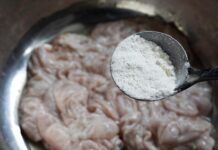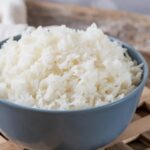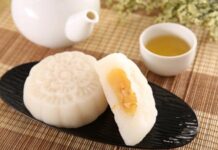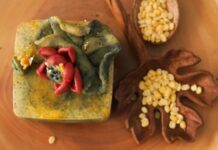It is a common misconception that rinsing produce under running water is more hygienic than washing it in a basin. While this practice is indeed effective for fruits and vegetables, the same cannot be said for rinsing raw chicken under the faucet, especially in a modern, compact kitchen. This habit can potentially lead to food poisoning.
Rinsing Raw Chicken Under the Faucet: A Misguided Habit That Poses Food Poisoning Risks
Washing raw chicken is a common practice in many Vietnamese households, especially for those who purchase their meat from traditional markets. This action is believed to remove dirt and fishy odors before cooking. However, according to food safety experts, rinsing raw chicken under running water not only fails to eliminate bacteria but also increases the risk of spreading harmful bacteria throughout the kitchen space.
Let’s explore why you shouldn’t rinse raw chicken under the faucet and, more importantly, learn the correct way to clean chicken to ensure hygiene and health for your family.
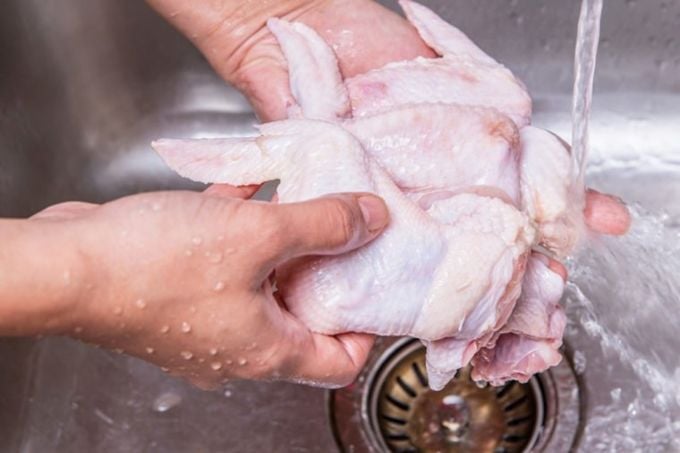
1. Why You Shouldn’t Rinse Raw Chicken Under Running Water
1.1 Bacteria Can Spread to the Surroundings: Raw chicken meat harbors dangerous bacteria such as Campylobacter and Salmonella, which are the leading causes of food poisoning. When you rinse raw chicken under the faucet, the force of the water can cause bacteria to splatter onto the sink, countertops, knives, and even your sleeves or other foods, leading to cross-contamination that is difficult to control.
Warning from the US Centers for Disease Control and Prevention (CDC): Rinsing chicken with water does not kill bacteria; instead, it inadvertently spreads them further, compromising food safety in your home kitchen.
1.2 Bacteria Are Not Removed as Many Believe
Many people believe that water will wash away bacteria from the surface of the chicken meat. However, in reality, these bacteria can be deeply embedded within the meat fibers, and only high temperatures during cooking can effectively destroy them. Rinsing only helps remove surface dirt or mucus and is insufficient to ensure food safety.
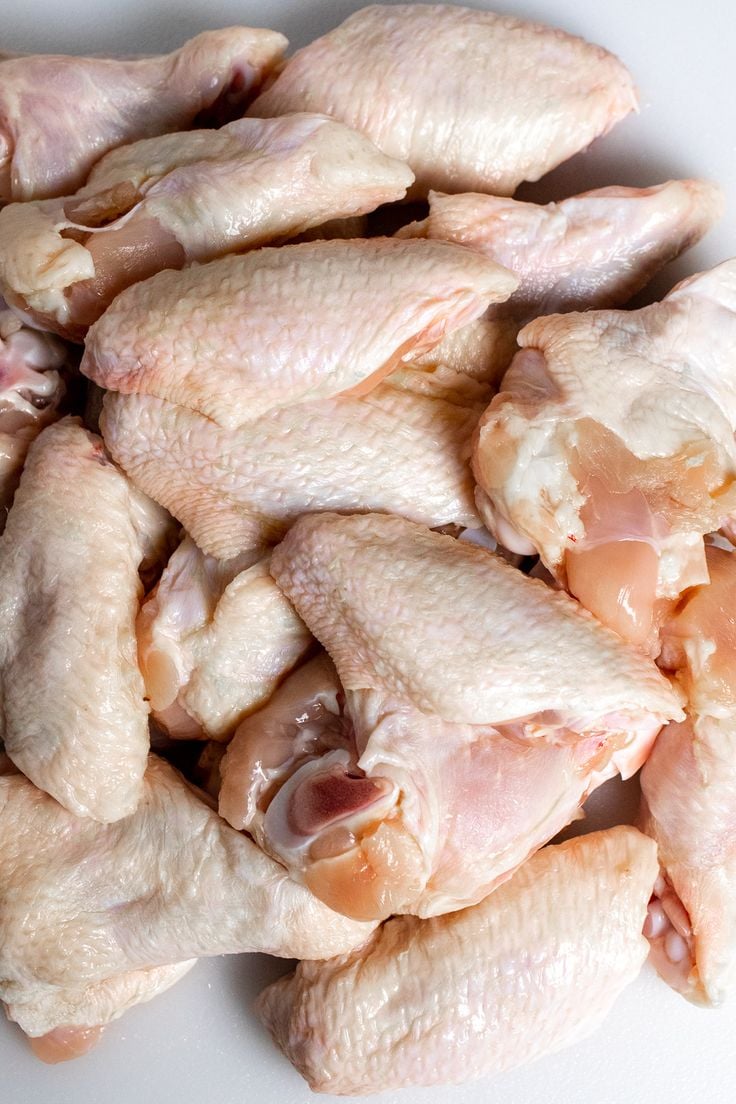
1.3 Increased Risk of Food Poisoning
Improper meat cleaning can cause bacteria from the chicken to spread to other foods, such as raw vegetables, fruits, and ready-to-eat foods, if stored nearby. This is especially dangerous for children, the elderly, and individuals with weakened immune systems, potentially leading to food poisoning, diarrhea, or even severe infections.
2. The Right Way to Clean Chicken Safely
Instead of rinsing under running water, try these alternative methods to clean chicken properly:
2.1 Wash in a Separate Basin: Use a clean basin, fill it with water, and gently wash the chicken. Afterward, carefully dispose of the water down the drain to avoid splashing. Washing in a basin helps contain the water splatter, reducing the risk of bacterial spread.
2.2 Deodorize with Diluted Vinegar or Saltwater: If the chicken has a strong odor, soak it in a diluted vinegar solution or saltwater for 5–10 minutes, then let it air dry. Do not soak it for too long, as this may affect the meat’s freshness and quality.
2.3 Pat Dry with Single-Use Paper Towels: Use clean paper towels to absorb any blood, mucus, or dirt from the chicken’s surface. Afterward, discard the paper towels in a covered trash bin and immediately wash your hands with soap.
2.4 Ensure Thorough Cooking: The most effective way to kill bacteria is by cooking the chicken thoroughly. The internal temperature of the chicken should reach a minimum of 165°F (74°C). If you have a food thermometer, check the thickest part of the meat. If not, ensure that the meat is no longer pink and that the juices run clear.
3. Additional Notes on Handling and Storing Chicken
Do not allow raw chicken to come into contact with raw vegetables, fruits, or ready-to-eat foods.
Use separate cutting boards and knives for raw meat and produce to avoid cross-contamination.
After handling raw chicken, disinfect countertops, sinks, and cutting boards with hot water and soap.
Store raw chicken in the coolest part of your refrigerator, typically the bottom shelf, at a temperature between 34–40°F (1–4°C), and use it within 1–2 days.
When thawing frozen chicken, do so overnight in the refrigerator; avoid thawing at room temperature.
The habit of rinsing raw chicken under the faucet may seem harmless, but it can be a silent contributor to food poisoning due to the spread of bacteria. To protect your health and that of your family, it’s essential to break this habit today. Adopt the correct methods for cleaning chicken, coupled with thorough cooking and regular kitchen sanitation, for the safest and most effective outcomes.
4 Reasons Why You Should Stop Picking Your Nose ASAP
Frequent nose-picking can lead to serious damage to the nasal mucosa, which can result in infections that spread to the sinuses, causing suppurative sinusitis and the formation of abscesses. This habit can have significant negative consequences on your health and well-being. It is important to understand the risks associated with nose-picking and to find alternative, healthier ways to address any underlying issues, such as itching or dryness.
3 Mistakes That Will Rob You of Shrimp’s Nutrition: Especially This Second One
“Common Shrimp Consumption Mistakes: Are You Putting Your Health at Risk?”
A delicious seafood treat, shrimp is a popular choice for many, but are you aware of the potential health hazards associated with improper consumption? It’s time to shed light on the common mistakes people make when eating shrimp and how they can impact your well-being.














